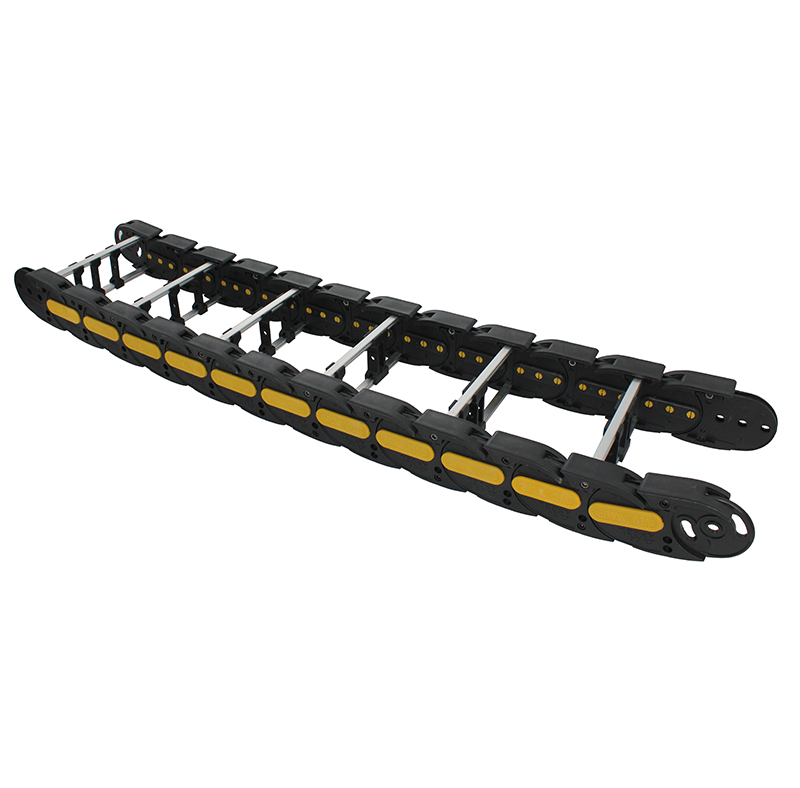Cable Management Solutions for CNC Machines to Enhance Efficiency and Simplify Workflow
The Importance of Cable Chains in CNC Machinery
In the realm of CNC (Computer Numerical Control) machinery, where precision and efficiency are paramount, every component plays a critical role in ensuring optimal performance. One such component that often goes unnoticed but is essential for the smooth operation of machinery is the cable chain. This article explores the significance of cable chains in CNC applications, highlighting their functionality, benefits, and impact on overall machine performance.
Understanding Cable Chains
Cable chains, also known as drag chains or energy chains, are designed to manage and protect moving cables and hoses in machinery. These chains are constructed from durable materials such as plastic or metal, allowing them to withstand the rigors of industrial environments. Cable chains are particularly integral to CNC machines, where numerous electrical and hydraulic cables must be effectively organized to prevent wear and tear.
The Functionality of Cable Chains
The primary function of a cable chain in CNC machinery is to guide and contain the cables during operation. As CNC machines often involve moving parts that require flexibility and mobility, cable chains ensure that the cables do not become tangled, strained, or damaged. This is especially important in setups where the toolhead or table must move along multiple axes, creating a dynamic path for cables.
In addition to cable management, these chains also provide protection against environmental factors such as dust, fluids, and heat, which could degrade cable integrity over time. With a robust design, cable chains help maintain the longevity of the cables, reducing the frequency and cost of replacements.
Benefits of Using Cable Chains
cable chain cnc

1. Enhanced Safety By securely organizing cables, cable chains prevent tripping hazards and reduce the risk of accidental disconnections or damage during machine operation. This enhances the overall safety of the workspace, protecting both operators and equipment.
2. Improved Efficiency Efficient cable management minimizes downtime associated with maintenance and repairs. When cables are organized and protected, CNC operators can focus on production rather than troubleshooting cable-related issues.
3. Increased Mobility Cable chains allow for unrestricted motion of machine parts while keeping the cables in check. This flexibility is essential in CNC machining, where precise movements are necessary for successful operations.
4. Cost-Effectiveness Although the initial investment in cable chains may seem significant, the long-term savings are substantial. By protecting cables from damage, businesses can minimize replacement costs and reduce downtime, ultimately leading to greater profitability.
5. Customizability Cable chains come in various sizes and configurations to accommodate different machinery designs and operational needs. This adaptability makes it easier for manufacturers to integrate cable chains into their specific CNC setups.
Conclusion
In conclusion, cable chains are a vital component in CNC machinery, playing a crucial role in ensuring operational efficiency, safety, and the longevity of equipment. As industries continue to evolve and the demand for precision machining grows, investing in high-quality cable chains can lead to significant advantages in productivity and cost management. By understanding the importance of these seemingly simple components, operators and manufacturers can enhance the reliability and performance of their CNC systems, paving the way for innovation and growth in the manufacturing sector.








